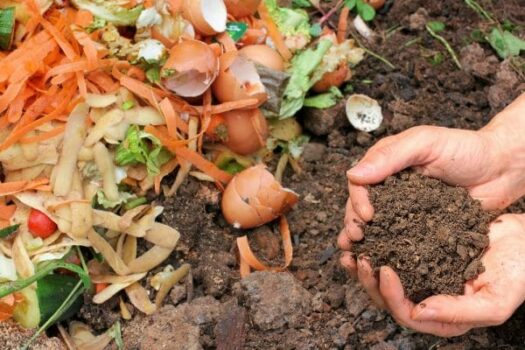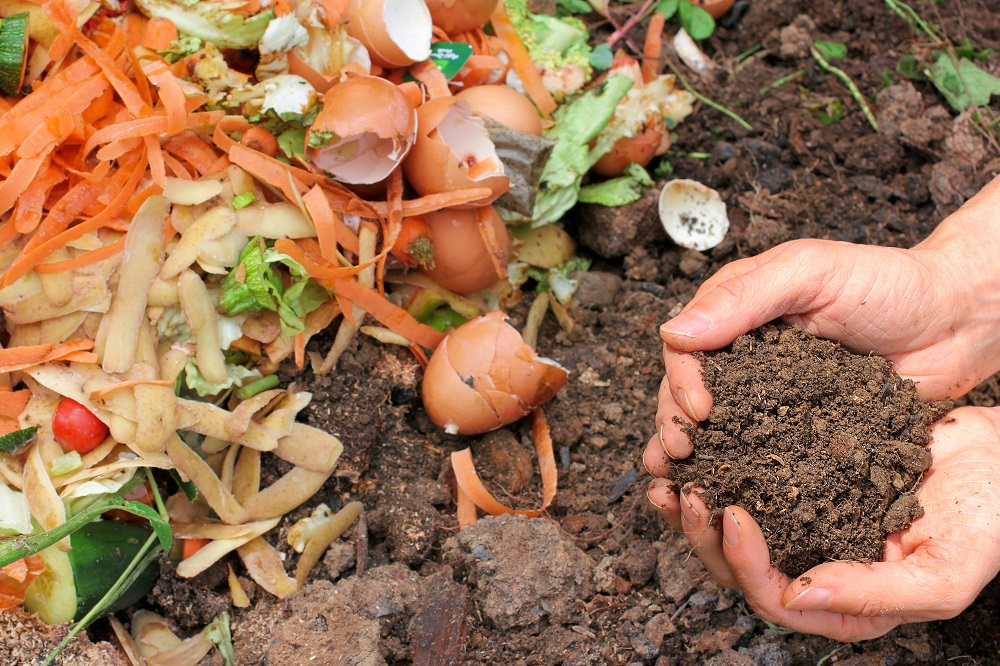The right climate for organics recovery? Part 2 – How do State Governments drive organics recovery?
Part 2 – How do State Governments drive organics recovery?
The right climate for organics recovery? A three part look into new market conditions that are making organics recovery more viable.
Each Australian State has its own unique facilities and policies for diverting organics from landfill.
With Australia producing more than 12 million tonnes of waste organics per year, in 2016 incentives for diverting organics have never been stronger. In the second part of this three part series, we look at innovative technologies and policies in each State which divert organics.
New South Wales
Australia’s new powerhouse in State resource recovery – NSW is driving organics recovery through its headline Waste Less, Recycle More circular economy package. This $456.7 million package over five years is Australia’s largest ever stimulus program aimed at the Australian industry.
As part of this program – NSW is funding a combination of infrastructure, market development for organics and public education (via Love Food, Hate Waste). Meanwhile, the State also offers specific exemptions from its strict regulations for the beneficial reuse of organics. Meanwhile, the NSW EPA holds Australia’s largest library of studies and guides on organics recovery.
Key to improving organics recovery will be the upcoming NSW Infrastructure Needs Analysis. This strategy will identify the infrastructure needed to meet the state target of diverting 75% of all waste materials away from landfill by 2021. The largest single component of this diversion opportunity will be organics.
NSW also has Australia’s only anaerobic digester for commercial food waste, the unique EarthPower facility in Western Sydney. This facility offers key clients such as Woolworths and Wesfarmers an opportunity to recover organics from supermarkets and other commercial businesses.
A joint venture between Cleanaway and Veolia, the facility has two 5,000 cubic metre digesters, which create both fertiliser and energy. EarthPower has three 1MW generators on site, capable of collectively powering 3,600 homes.
Victoria
Victoria’s most up to date statistics (2011-12) show that approximately 2.25 million tonnes of organic waste was generated in Victoria and about 1.27 million tonnes of this ended up in landfill. Sustainability Victoria estimates this representing a loss to the economy of $30 million.
Meanwhile, these organics will be responsible for more than 1.2 million tonnes of greenhouse gases (as carbon dioxide equivalent) over their lifetime of approximately 30 years.
Victoria’s two headline institutions working on organics are Sustainability Victoria and Melbourne’s Metropolitan Waste Management and Resource Recovery Group (MWMRRG).
Sustainability Victoria is responsible for the State wide Organics Recovery Strategy. The Strategy aims to realise the full economic value of organic wastes while protecting the community, environment and public health.
Meanwhile, MWMRRG is currently working with each of Melbourne region’s (North West, South East and East) to implement composting facilities to divert organics. This project is known as the ‘Melbourne organics processing network’.
The first facility to come online servicing this project is Veolia’s Bulla Organics Resource Recovery Facility. This facility is tailored to treating kerbside food and garden organics via composting tunnels.
When completed Melbourne’s organics processing network will provide food and green organics processing facilities that will service over three quarters of the households in the Melbourne metropolitan area. It will also have the potential capacity to divert approximately 450,000 tonnes of food and garden waste a year.
Western Australia
Uniquely placed as the world’s most isolated city, Perth has a challenge when it comes to getting recyclate onto the global market. Turning this weakness into a strength, WA is becoming a leader in energy recovery and has developed a number of unique programs and facilities for organics diversion.
At a policy level, State Environment Minister Albert Jacobs offered $20 million in funding in April 2015 to implement three bin organics recovery systems. Meanwhile, in January 2015 the WA Government agreed to double the State’s landfill levies, along with steady increases until 2019. This policy change provides a much greater incentive for organics diversion.
Meanwhile, WA has a number of unique infrastructure projects which divert organics from landfill. Most notable is the AnaeCo DiCOM project, built to service the Western Metropolitan Regional Councils. Retrofitted onto an existing transfer station, the AnaeCo plant is Australia’s smallest AWT and diverts 60,000 tonnes per year of organics otherwise destined for landfill.
South Australia
Australia’s historical leader in resource recovery, in the last two years other States have been catching up with South Australia. However, the nation’s quiet achiever still has a number of leading organics recovery programs.
Once such program was the pioneering of kerbside organics recovery. In 2009/2010, South Australia ran the biggest Food and Garden Organics (FOGO) collection pilot in Australia. The program, which included ten south Australian Councils, laid down the evidence base which would later allow these programs to expand nationally.
Many of this pioneering programs were brought to life by Zero Waste SA. Unfortunately, in December 2013 the South Australian Government announced that it would cut the funding to Zero Waste SA from a former $9 million to $1 million per year from June 30, 2015.
It would be replaced with Adaptive Futures SA ¬- meaning going forward the South Australian government will place a lower value of resource conversation and pollution reduction.
South Australia also has the unique ResourceCo SAWT plant (owned by Suez), the nation’s largest fuel manufacturing MRF. This plant diverts commercial organics including timber onto alternative fuels markets.
Other jurisdictions
While individual local Governments in Queensland, Tasmania and the Northern territory run organics diversion programs, none of these jurisdictions have state level organics recovery policies. Most notable is Queensland, where about a quarter of Australia’s waste gets generated.
By Alex Serpo
-
Subscribe to the latest industry news, insights and AWRE updates.
- Subscribe


